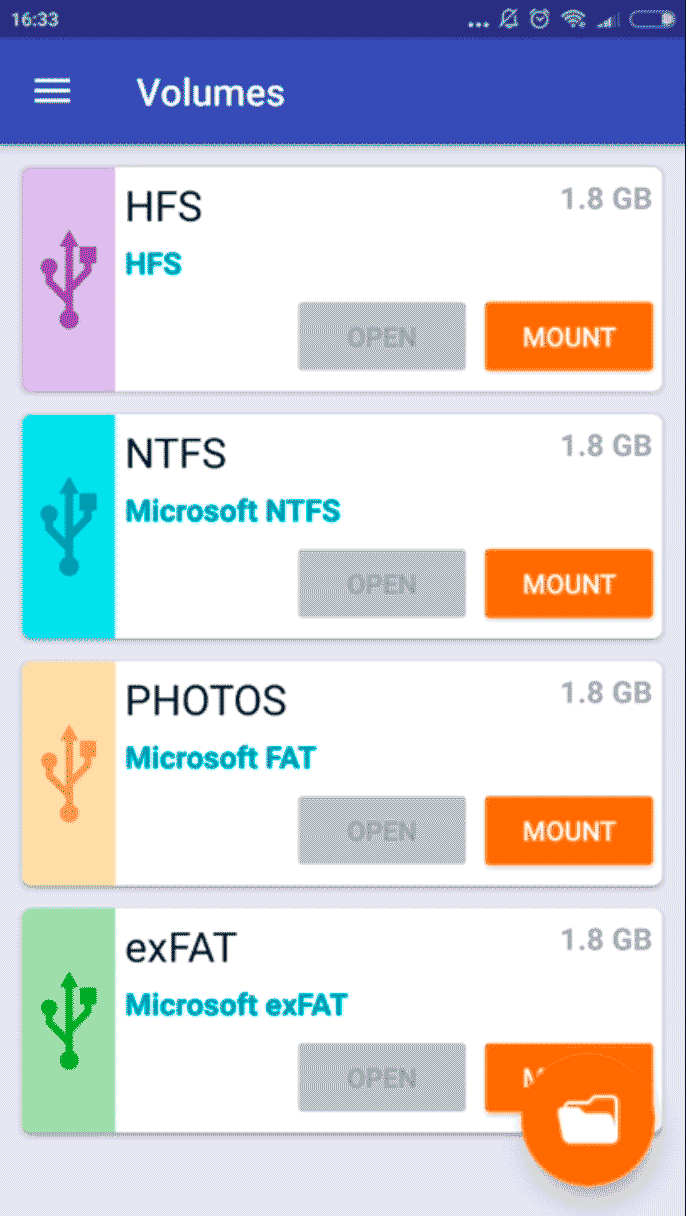
- #Linux mac os file sharing exfat how to
- #Linux mac os file sharing exfat install
- #Linux mac os file sharing exfat full
- #Linux mac os file sharing exfat free
- #Linux mac os file sharing exfat windows
Suspend-to-disk (hibernate) never really shuts down the system. So this is not filesystem specific but a generic problem. * If you do resume from initrd after your filesystems are mounted. * If you touch anything on disk between suspend and resume.
#Linux mac os file sharing exfat windows
Doesn't matter if it's Windows and Linux, or Linux and another Linux. If you want to share a single filesystem between two OSes, you have to disable suspend/hibernate/fastboot/watchamacallit on BOTH sides. Ntfs-3g does not prevent you from mounting a suspend/hibernated Windows partition out of spite, it's trying to save you from doing something very dangerous that'll inevitably lead to filesystem corruption. It would be nice to be able to use exFAT for this, because with NTFS I have to turn off fast-boot, and avoid hibernating Windows. Linux exfat is still new and ntfs-3g took years to get really stable.

#Linux mac os file sharing exfat how to
That's a different question.)ĭoes anybody know how to get a shared exFAT partion working, or what happened here? Fortunately, in my case it just wasted a lot of my time.ĭoes anybody know how to get a shared exFAT partion working, or what happened here? Maybe it's an Ubuntu 18.04 LTS issue. I believe this is very important lesson about NOT using exfat. So, I am remaking this partition as NTFS, and running PhotoRec again. Also, it is very easy for an exfat partition to get damaged, as opposed to NTFS. I found two posts that describe very, very similar problems, and lots of posts saying that exfat is dangerous, and linux has much better support for NTFS.
#Linux mac os file sharing exfat full
I could have let the full scan run, but I didn't bother. It found some files that are non-exfat (I guess left-overs, from before I cut out that partition for this. I ran scan (testdisk), and let is run a bit (it would take hours). So there might be one file there, but it isn't showing in the directory listing. I ran exfatfsck on a new exfat partition I created as a test, and it reports the empty partition has 3 directories and 2 files. I had gone back and forth between Windows and Linux a few times, trying to sort out this problem, and Linux was still able to see the files.Įxfatfsck reports there are no errors, and the partition is empty - except for perhaps 1 file. (Because I'm about to give up anyway, and rerun PhotoRec with this partition formatted as NTSF) Now, run chkdsk, without selecting to repair the partition. WINDOWS REPORTS THAT THE PARTITION IS EMPTY !!! Now, lets reboot and see what Windows shows. It also shows what happened after I ran chkdsk, without repairs being performed. Here are some images which show the problem. Windows still doesn't see any files there. I copied a text file, created by a regular user account (not root or PhotoRec), to the exfat partition. Photorec ran for 5 hours creating those restored files. I dare not write anything to this partition from Windows, or do anyting else with it from Windows, as Windows believes it is empty.

So this isn't the problem, as it isn't relevant to exFat. Ĭ:\WINDOWS\system32>takeown /f e: /r /d yĮRROR: File ownership cannot be applied on insecure file systems (The doc assumes recup_dir.1 will be viewable from Windows.) I tried to take ownership of the partion in Windows, rather than a directory.

I tried the suggestion in the TestDisk documentation, even though I can't see any folders from Windows. How do I make these files viewable in Windows? ) directories from WITHIN Windows - where they are not viewable (and 100% of the space is available !!!). The TestDisk documentation on Photorec says that Windows may need to take ownership of the files to access them, but the link they give says how to change the permissions of the recup_dir.1 (.2. Windows still reports that the partition is empty (!!!). I ran chmod 777 FOLDER/ -R, and then checked in Windows again. Linux sees the files on that exFat partition. (That's a 700GB partition, and there is nowhere else that could come close to holding that data). I rebooted into Linux (external SSD w/Linux,), and mounted the exFat partition again to make sure the files were actually there.
#Linux mac os file sharing exfat free
The exFat partition is 62% full, but Windows reports it as being empty, with all the space free (!!!). I used Photorec, from Linux, to recover files to this exFat partition. How do I make these files visible to Windows? (Update - further below, Linux subsequently deleted the files, 400GB of them, and as as you will see, Windows apparently didn't do it.) Linux is writing files to a Windows exFat partition on a Windows OS disk which are INVISIBLE to Windows.
#Linux mac os file sharing exfat install
(The latest version that will install after running sudo apt-get update.)


 0 kommentar(er)
0 kommentar(er)
